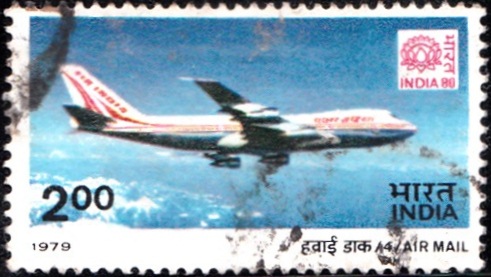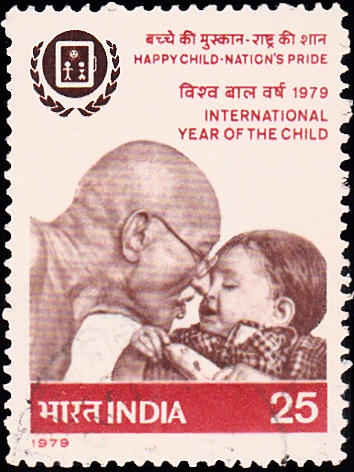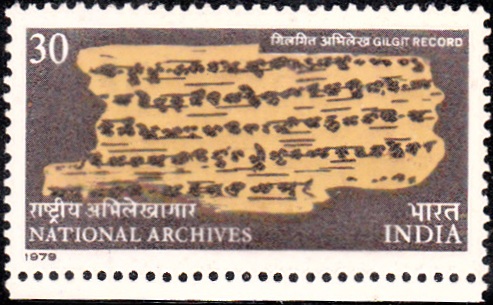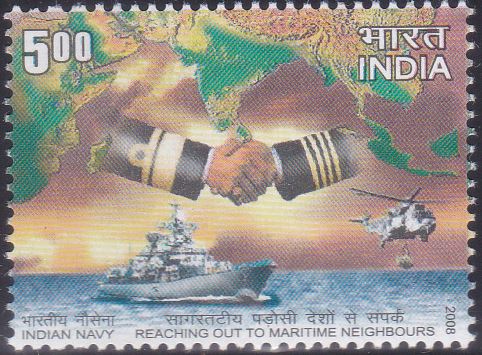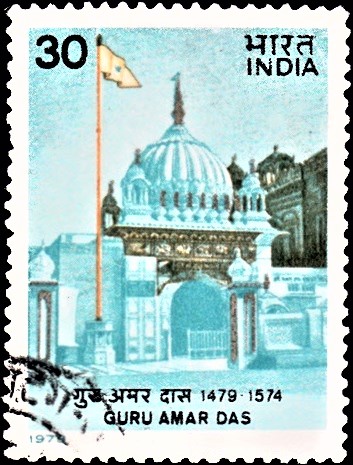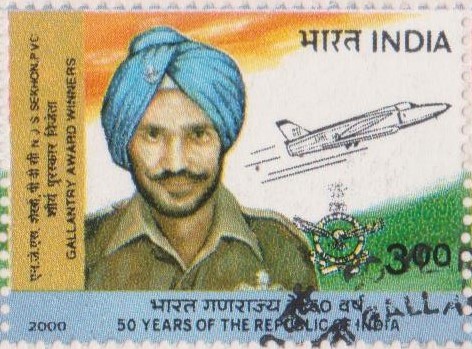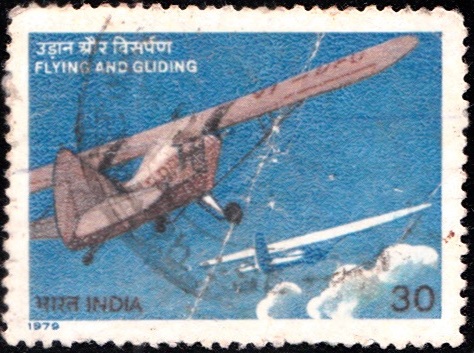
India on Flying and Gliding 1979
A commemorative postage stamp on the 50th Anniversary of Indian Flying & Gliding Movement :
Issued on Dec 10, 1979
Issued for : Indian Posts & Telegraphs Department feels privileged to commemorate the flying and gliding movement in India by issuing a special postage stamp.
Description of Design : The stamp depicts “Hindusthan Pushpak” aircraft and “Rohini-1” glider.
Designed by : R. N. Pasricha
Type : Stamp, Postal Used
Colour : Multicolour
Denomination : 30 Paise
Overall size : 3.91 X 2.90 cms.
Printing size : 3.55 X 2.54 cms.
Perforation : 13 X 13
Watermark : Printed on unwatermarked adhesive stamp paper
Number printed : 30,00,000
Number per issue sheet : 35
Printing process : Photogravure
Printed at : India Security Press
About :
- Since time immemorial, man has looked up with envy at the birds in free flight and aspired to soar with them high into the serene blue sky. Today man has not only learnt to fly but has crossed the frontiers of space and walked on the moon. As the awesome expanse of a new universe opens before us and the impossible melts into the possible, the arduous and patient efforts of the early pioneers to translate aspiration into achievement glow from the pages of the history of mankind.
- In this saga of human endeavour, ballooning preceded gliding and flying came even later. The history of gliding is replete with achievements of men from different countries. The British pioneers Cayley, Henson and Stringfellow made theoretical investigations and model flight experiments and were followed by early exponents of gliding. The names of Otto and Gustav Liliental, the Le Bris, Langley, Chanute, Wilbur and Orville Wright blaze in the firmament of gliding history. In India, the pioneers were Appasaheb B. Pant and a group of young men who set up a Gliding Club in 1928 at Aundh in Maharashtra, built their own gliders based on designs from abroad and achieved a number of successful flights. Their efforts gave birth to the Indian Gliding Association in 1929. A further boost to gliding in this country was given by Fardun H. Irani who in 1938 was the first Indian to qualify for the International Silver ‘C’. From the first gliding centre near Pune in Maharashtra in 1929, gliding activities have now come to range over sixteen centres and clubs all over the country. Today advanced gliders of Indian design and material, designed and developed by the Research & Development Wing of the Indian Civil Aviation Department, are indigenously manufactured to meet the requirements of the civil gliding clubs and the Air Wing of the National Cadet Corps.
- The Wright Brothers created history when they made the powered flight on 17th December 1903. In India, at an exhibition held at Allahabad in February 1911, the greatest attraction was the joy rides given by a French aviator, Henri Piquet in a Humber biplane. By 1928, the days of intrepid pilots like the Wright Brothers, Bleriot, Farman, Curtiss and others flying weird looking contraptions of wood, wire, bicycle wheels and canvas into the blue yonder were over. But in India, the interest in flying gathered momentum with the establishment of the Aero Club of India in 1928. Its pioneering efforts laid the foundations of civil and sports aviation in our country. Today it is the apex organisation and the national authority for promotion of general aviation and aero-sports in the country.
- Among the Indian pioneers, J.R.D. Tata was the first person to receive the Aviator’s Certificate from the Aero Club of India and Burma in February 1929. In 1930, the Aga Khan Prize of £500 to the first Indian who would fly solo between India and England in either direction in not more than 30 days was won by 17-year old Aspy Engineer, who thirty years later rose to command the Indian Air Force.
- During the past five decades, the flying clubs, which now number about 25 in the country, have rendered yeoman service, from providing primary training ground for commercial as well as Air Force pilots to carrying mail. Delhi Flying Club had the distinction of operating an exclusive airmail service between Delhi and Karachi, in the early 1930s. Today the flying clubs and gliding centres are engaged in promotion of not only flying and gliding but also the other thrilling and adventurous aerosports of ballooning, parachuting, etc.



